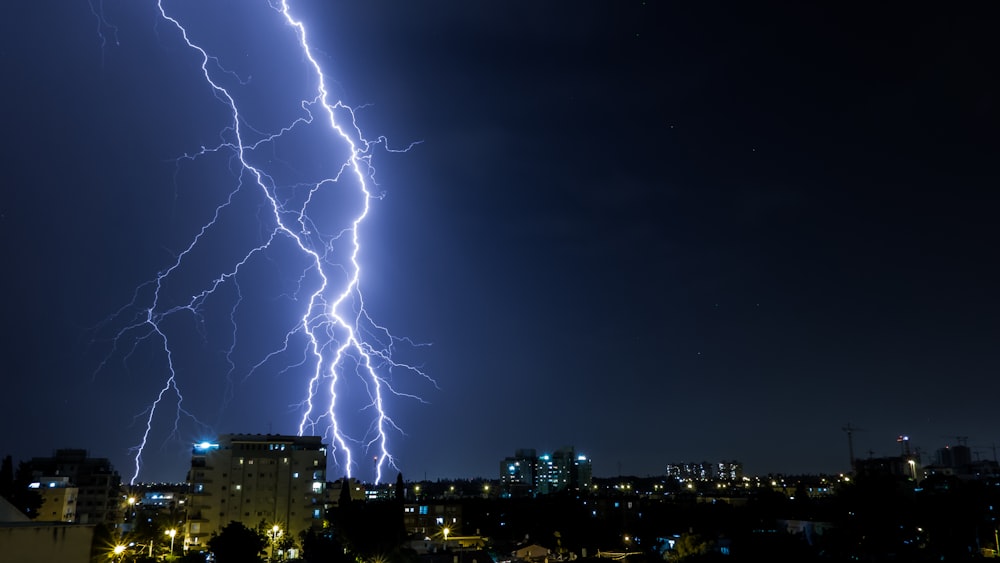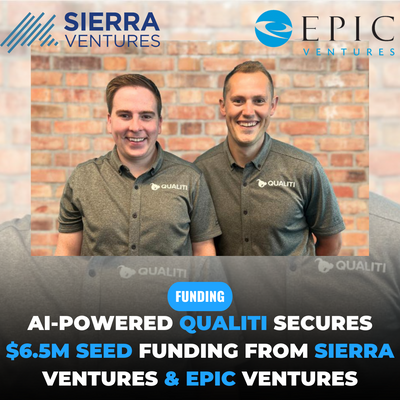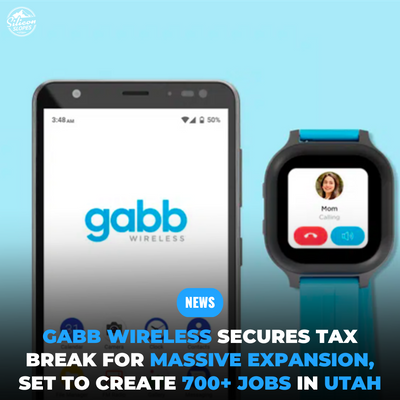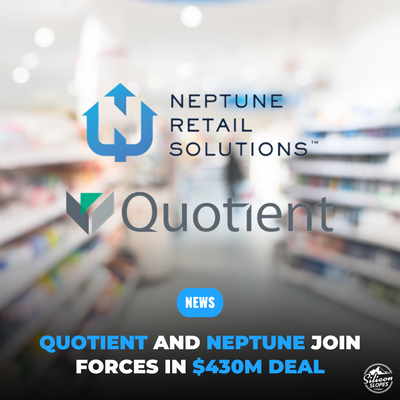Energized with a business perspective its founders and investors believe to be nothing short of a “national security issue,” two American Fork, Utah-based companies look to remake an entire industry.
When I landed my first professional job at the start of 1984 in Palo Alto, California, back before the concept of Silicon Valley had even been born, computers were not the ubiquitous and powerful tools they are today.
In fact, beyond deployments in the military, national/local government entities, and colleges/universities, very few people actually had access to computers in the mid-1980s, especially on a day-to-day basis.
Today, over 45 years after Apple Computer launched the first widely available personal computer kit, there are over eight billion personal computing devices in use today around the globe, although the vast majority of these devices are actually smartphones—supercomputers tiny enough to fit into a purse or hip pocket.
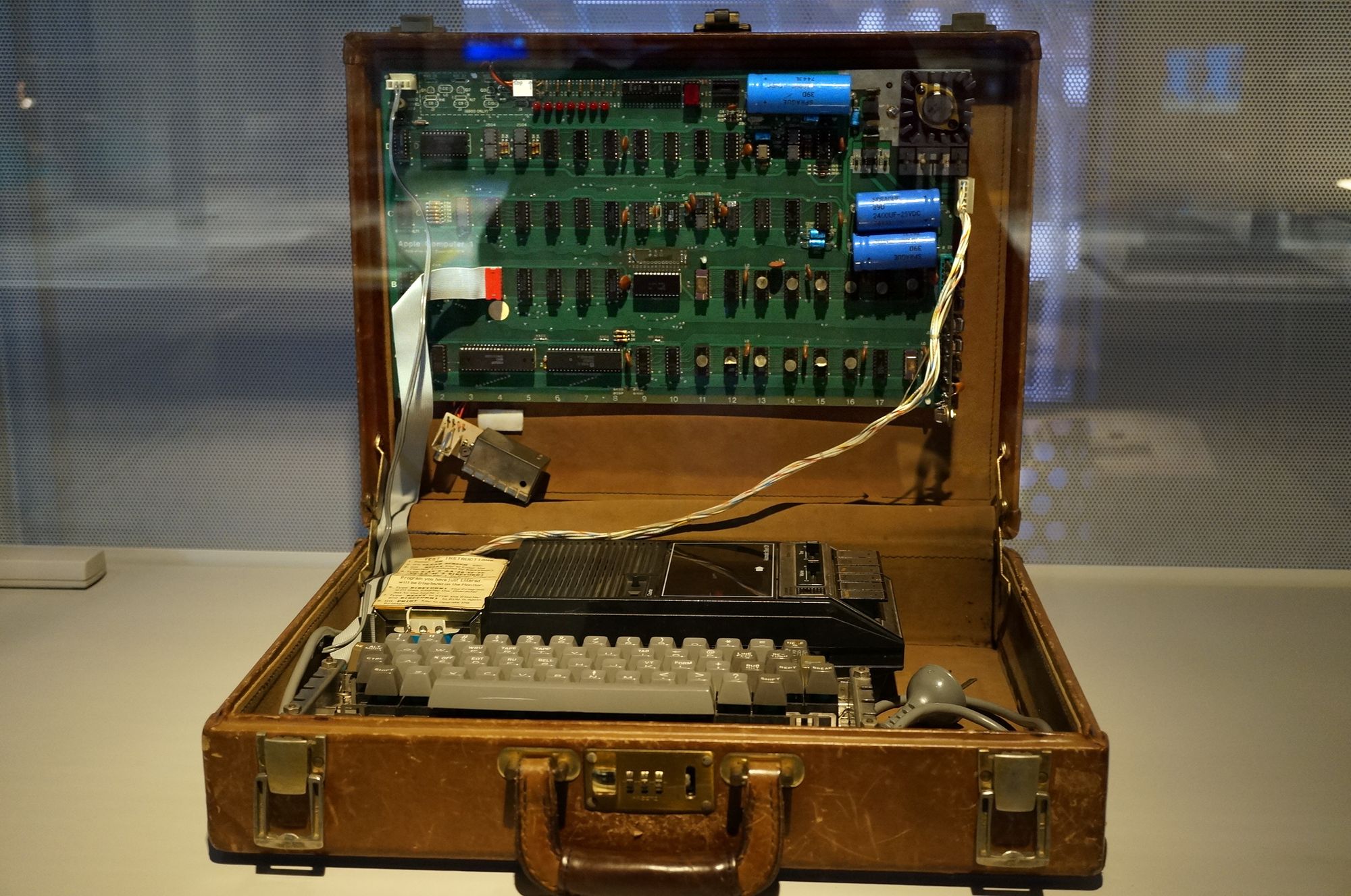
Technological advancements during the past four-and-a-half decades notwithstanding —from more powerful computer chips to unimaginable software functionality and mind-numbingly vast data stores, especially for handheld platforms—none of it works, at all, without power.
More specifically, none of these devices can run without electricity. And that’s the point, especially in a hyper-mobile world.
The ability to store and deliver power on demand, particularly in portable settings, is a challenge two interrelated American Fork, Utah, companies are addressing:
- One is a 10-year-old and highly successful enterprise, and the other
- A nascent manufacturing startup focused on a vision as vast as the Rocky Mountains, an entity that has been under-the-radar for over 18 months.
Taken together, however, the leadership of these two firms are attempting to literally remake an entire industry, which is why I visited with them recently.
Lion Energy: The $100 Million Utah County Firm you Didn’t Even Know Existed
Formed in 2012, Lion Energy was launched specifically to help individuals and organizations have access to electrical power where and when they need it most.
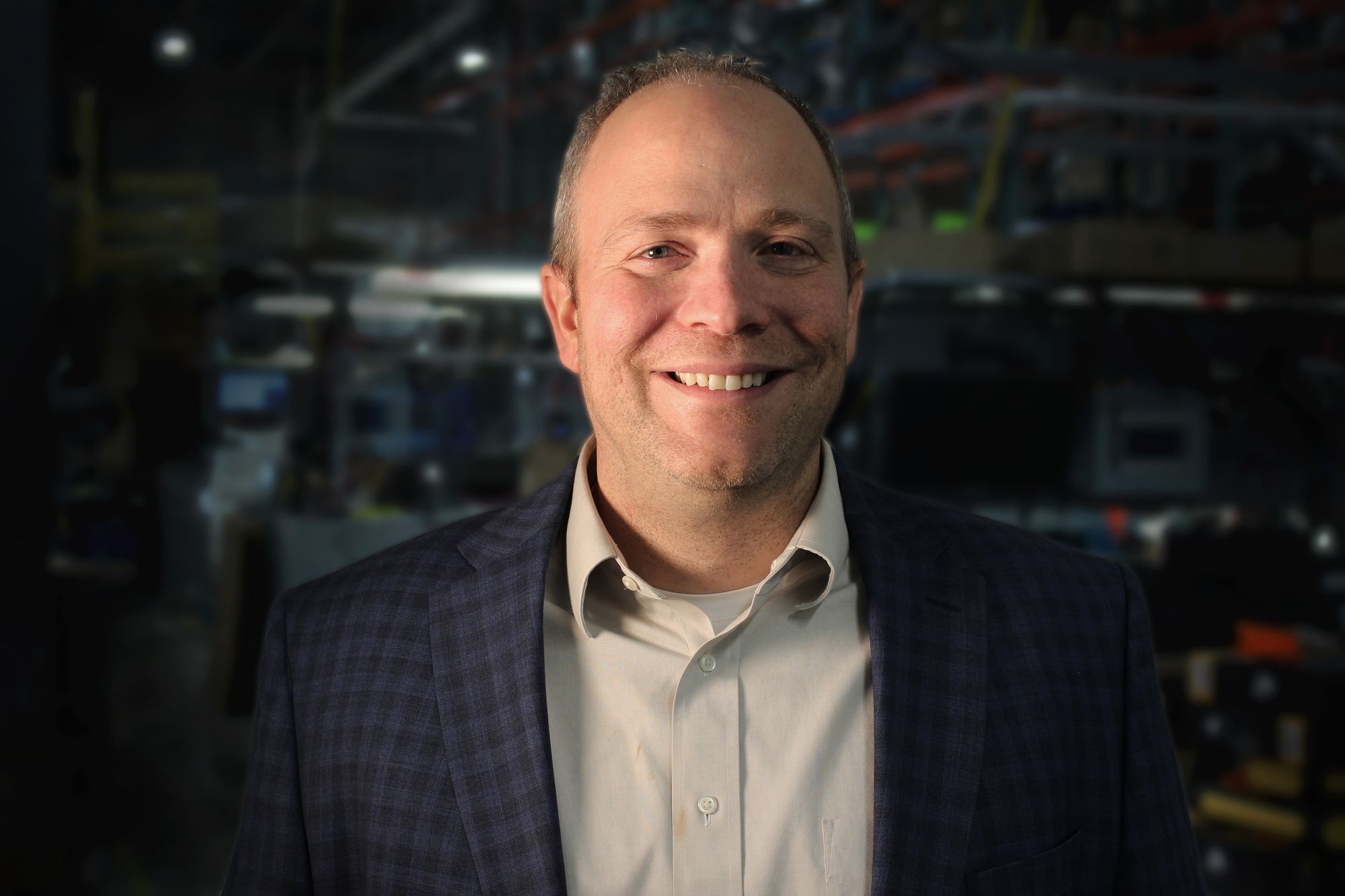
“We give you energy storage products that allow you to live your life as you want to live it,” said Tyler Hortin, president and chief financial officer of Lion Energy. “Historically, a lot of people have connected energy to the grid. We allow you to store that energy in portable solutions and also in your home.”
From a product standpoint, Lion Energy offers an entire tribe of residential and personal battery and energy products, ranging from
- Sub-$100 portable battery systems to
- Portable solar power generator solutions priced from $2,300, and to
- Entire home, Powerwall-like battery systems that can cost upwards of $20,000 or more.
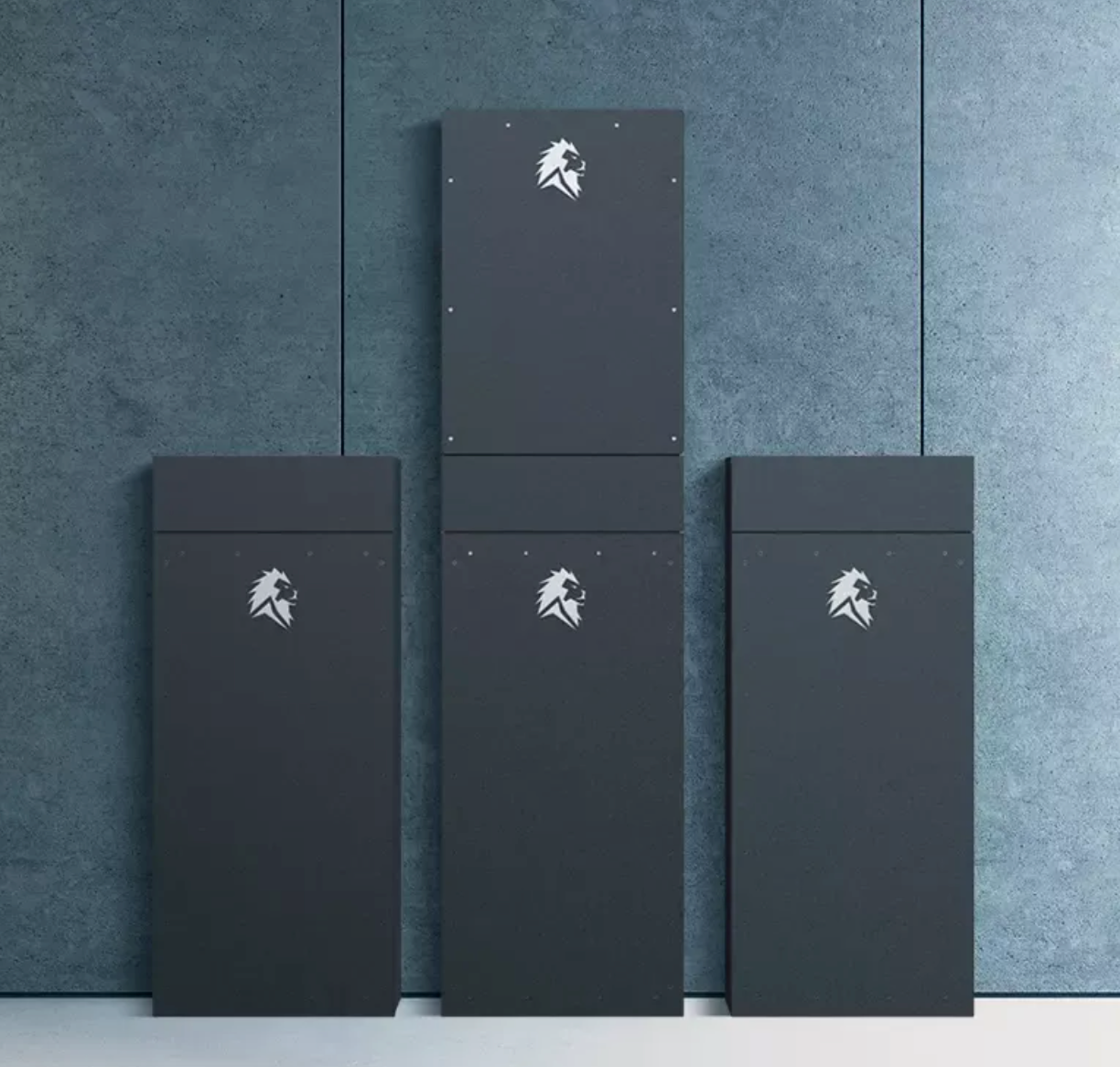
All Lion Energy battery and power products are designed in-house, but the company currently has all of its products manufactured to its specifications with partners in the People’s Republic of China.
What makes Lion Energy somewhat unique, however, is the fact that it only deals in lithium-iron-phosphate battery technology, LFP, making its products extremely safe and virtually non-flammable and non-combustible. (NOTE: The F in LFP comes from the atomic symbol for iron, Fe.)
The 150-person company is housed in a 60,000-square-foot combo warehouse/office based on the west side of Interstate 15 in American Fork just north of the 500 East exit.
During the past four years Lion Energy has seen its sales accelerate, with 100% year-over-year growth in 2018, 2019, 2020, and 2021, respectively, with revenue last year surpassing $100 million. Not bad at all.
In fact, Lion Energy is projecting YoY growth to approach 100% again in 2022.
The Hidden Giant Housing the Surprise Partner
Personally, I like to think that I have a pretty good handle on the business ecosystem in the “State of Silicon Slopes,” especially when it comes to Utah-based firms producing nine-figure revenue streams.
So having Hortin tell me that Lion Energy surpassed $100 million last year was a pleasant shock.
But the surprises didn’t stop there.
In fact, the entire reason I had started down this Utah County rabbit hole about storable and portable energy was due to a news release published by American Battery Factory in early March, an AF-based company I had never heard of previously.

But this head-scratching headline certainly caught my attention:
“American Battery Factory Developing First Network of Lithium-Iron Phosphate Battery Giga-Factories in United States.”
To be clear, giga-factories was a term I understood, having been popularized of late by Elon Musk, the real world embodiment of Stan Lee’s vision for his comic book and cinematic universe hero, Iron Man.
Musk and his brainchild, Tesla, have now created Gigafactory 1, a single building sitting on 1,000 acres of land some 20 miles directly east of Reno, Nevada, that houses 5.3 million square feet of manufacturing, assembly, and office space where it builds lithium-ion batteries for Tesla Powerwalls and automobiles.
So … Giga-factory or Gigafactory … the spelling doesn’t matter to me.
But here was Paul Charles, president and CEO of American Battery Factory, sitting across from me in the Silicon Slopes studios explaining that ABF didn’t plan to build a single giga-factory.
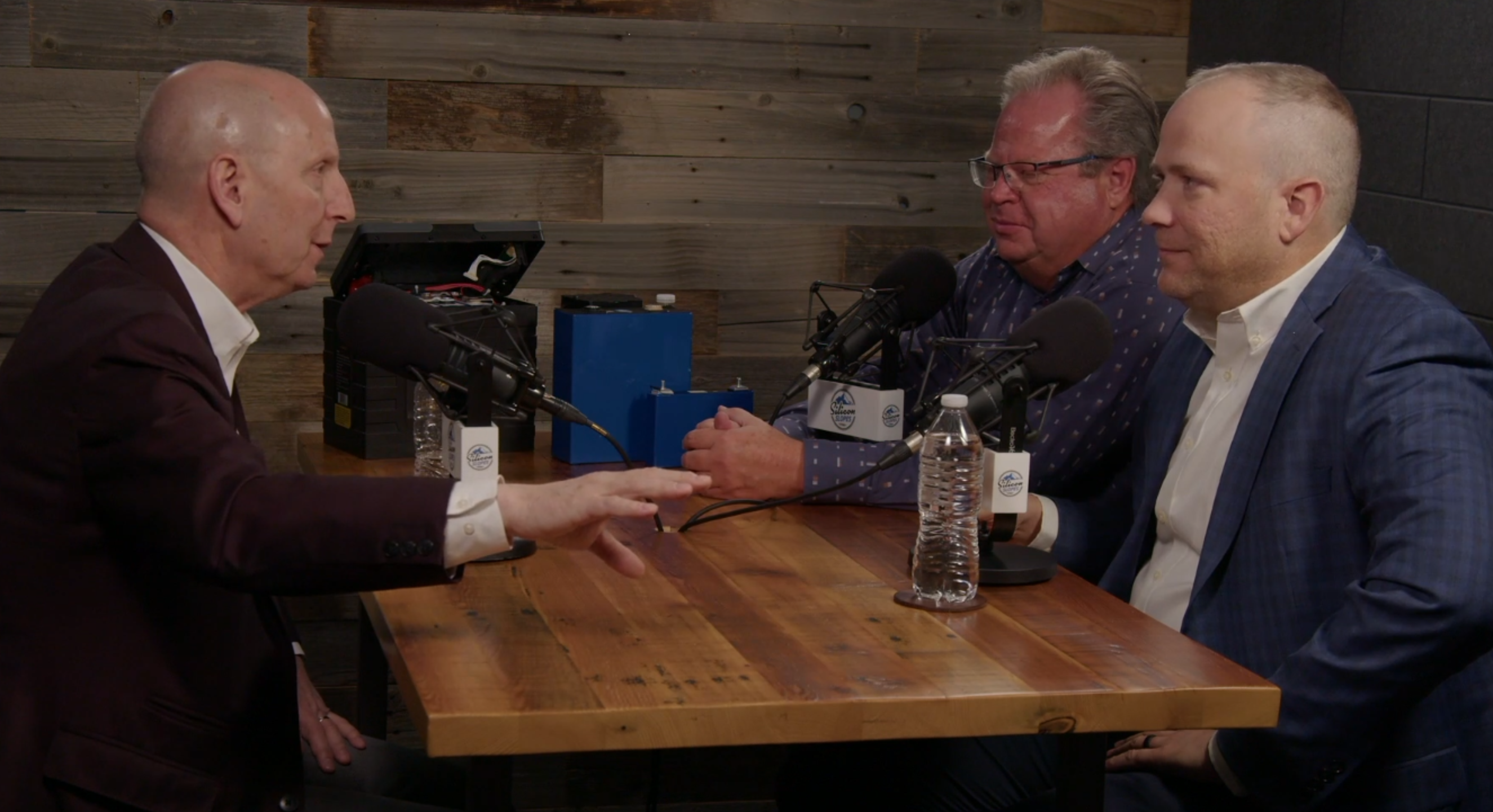
No, rather it intended to build an entire network of giga-factories, plural, dotting the entire USofA.
Apparently ABF had been working quietly under radar while incubated for the past 18 months by Lion Energy.
But now it was time for American Battery Factory to unveil its vision to the world:
“Frankly, every country in the world needs (ABF),” Charles said. “What we’re doing is standing up the first network of safe, lithium battery cell giga-factories across the U.S. We’re focused on energy storage, and it just so happens that it also really supports the U.S. military and government needs, along with selected electric vehicles, such as tractors, buses, trucks, and things of that nature.”
What I found fascinating as I visited with Charles and Hortin, however, were the differences between the ABF approach to giga-factories versus the path Tesla and Musk were pursuing.
“We’re doing smaller, decentralized factories (that will produce) between three and 15 gigawatts (per year), that are a modular design, and rapid construction,” Charles said. “So we’re able to support whatever the local need is for batteries, but … the factories can be placed right next to where they’re going to be fabricated and placed into an end product.”
According to Charles, each ABF giga-factory will only employ 300 to 1,000 people versus the 10,000 to 11,000 people required by 100 gigawatt factories, which can be especially difficult if the much larger facilities are located in rural communities.
LFP Chemistry Delivers Safety, Efficiencies, and Lower Costs
As Charles explained, there are dozens of lithium chemistry combinations that are used in battery cells, chemistries that he divided into two buckets:
- One category of lithium batteries that utilize cobalt and nickel, and a
- Second category of lithium batteries that do not.
In spite of the many benefits of lithium/cobalt/nickel batteries, Charles said, they have one major drawback, and that is that they’re highly flammable, even explosive, if/when damaged.
“If there’s a puncture that occurs in this (a lithium/cobalt/nickel battery), something called a ‘thermal event’ occurs,” he exclaimed. “Either it can be an explosion or it can just be like a blowtorch going off. It’s a very scary situation. It can go from literally ambient temperature to 500 degrees Celsius in a matter of half a second or so.”
Conversely, that is not a problem for LFP batteries, which is a major reason why ABF is focused on the lithium-iron-potassium chemistry.
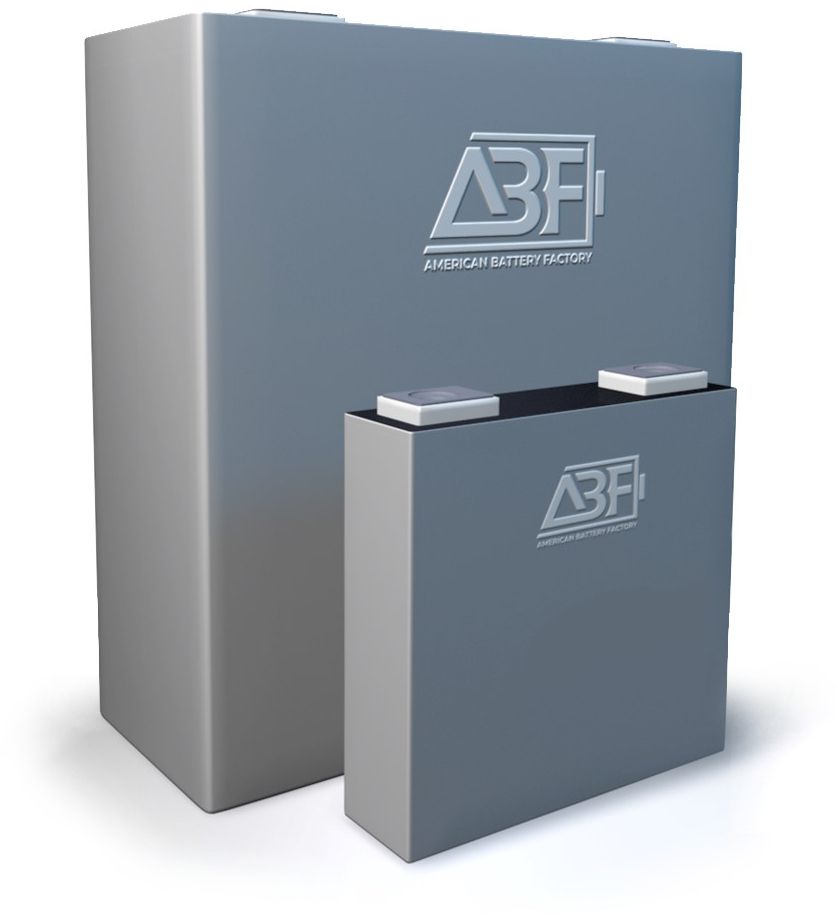
Charles even joked that you could shoot an LFP battery with a .45 caliber bullet, and, at worst, it might smoke, but that would be it.
Additionally, LFP batteries also tend to last longer than those using cobalt and nickel, up to 30 years versus five to 10 years.
Hortin stated that ABF plans on only having two initial modularized SKUs, stock-keeping units, out of the gate, in other words, two primary variants of its batteries. As he explained,
“It’s all about efficiency. I’m the CFO, I care about efficiency. Efficiency allows for better products at better prices.
“And from a Lion Energy perspective, we’re also very concerned about safety. And if you don’t have a safe product, your family can’t sleep well at night. So safety is a huge concern.”
A correlated benefit of building/supplying safer products is lowered risks, and costs, for ABF, Lion Energy, and their partners and customers.
On top of that, Hortin stated that the relationship between Lion Energy and ABF is that it will allow Lion Energy to offer USA made products, something very important to certain end-user customers.
For its part, ABF plans to focus on an OEM/private label approach for its batteries. As Charles said:
“Our approach is very similar to the ‘Intel Inside’ concept. We’ll be providing the cells which go into all these end-user devices. One very unique aspect of American Battery Factory is that we’re not constrained to simply one customer. With American Battery Factory we’re kind of this Switzerland. We will provide our products to all pack integrators, to all solution providers.”
American Battery Factory believes that the current U.S. residential and corporate demand for battery storage capacity is 6,000 gigawatts.
That said, Charles suggests that it will take upward of 36 months for ABF to onshore everything needed to begin to build out its initial giga-factories.
Nevertheless, when asked how much it would cost to build a single ABF giga-factory, Hortin was direct:
$500 million.
Charles said that it will take 18 to 24 months from groundbreaking on its first plant to seeing the first LFP batteries roll off the production line.
And although he was coy about where the first giga-factory would be built, Interest, Charles stated, has been quite high from around the U.S.:
“It has been absolutely amazing what the response has been nationally, from the governor level to senior senators to the utilities. Over a dozen states have reached out and said, ‘How quickly and how many can I have?’”
Final Thoughts
To be clear, upon reading the initial ABF news release, I was quite skeptical: A network of giga-factories? Coming out of American Fork, Utah? Pshaw!
But after interviewing Hortin and Charles in-studio, and then spending a couple of hours with them at their headquarters in American Fork, a fair amount of that skepticism has worn off, in large part because of the rapid recent growth of Lion Energy.
Besides, why not?
There have been a number of seemingly crazier ideas that have come out of Utah County that have gone on to change the world.
In fact, a number of Utah-based tech companies continue to surprise the world every single day.
So why not American Battery Factory and Lion Energy?
Why not indeed.

